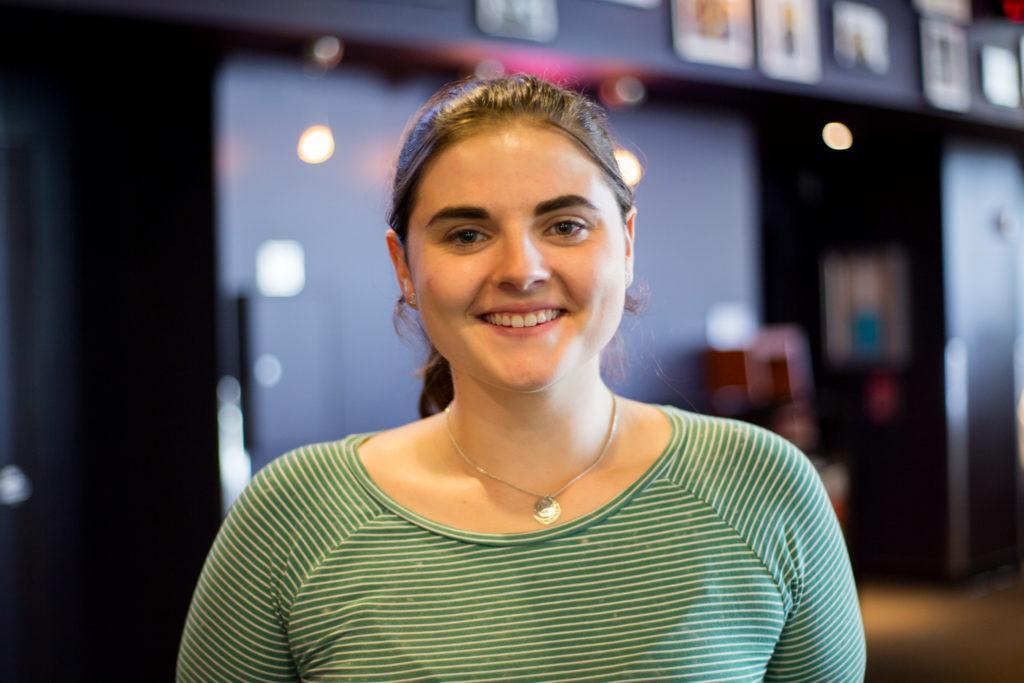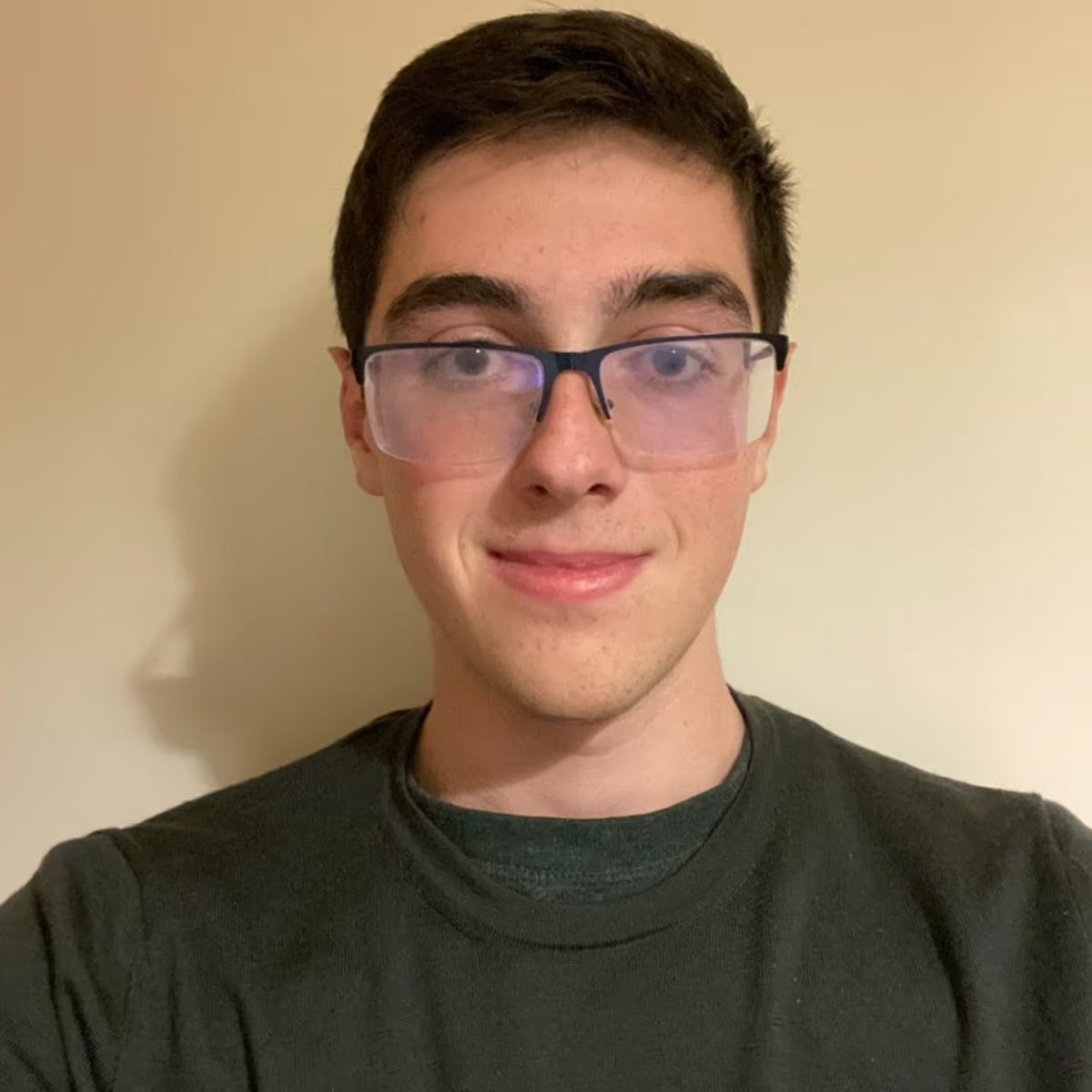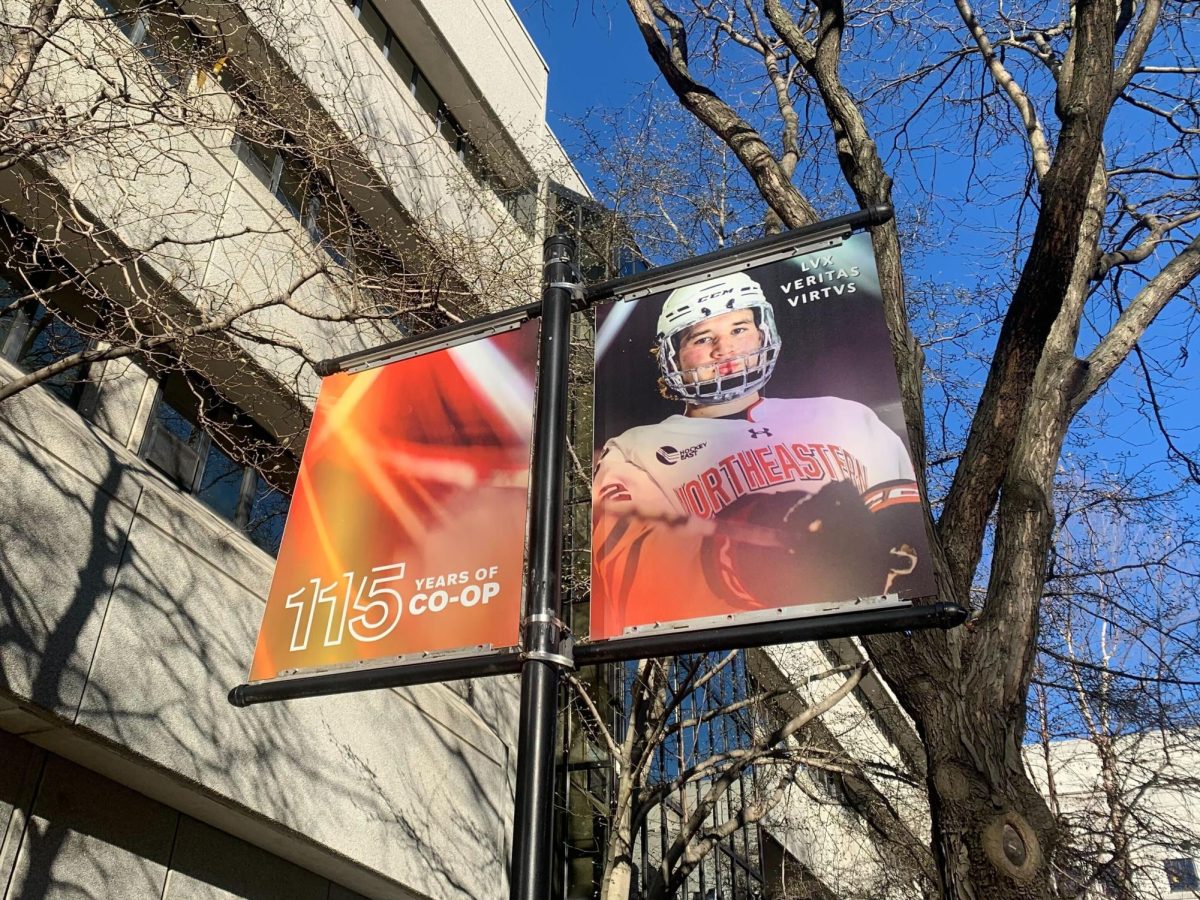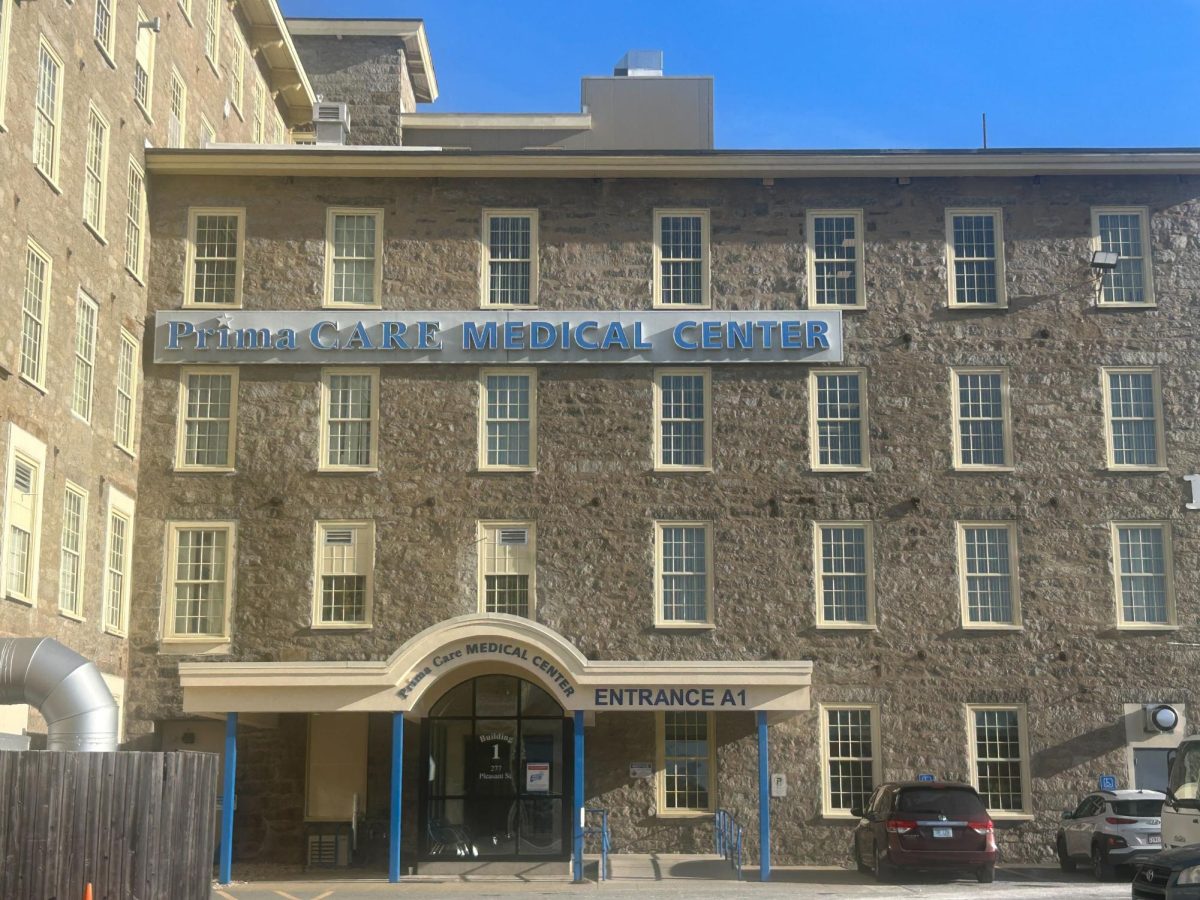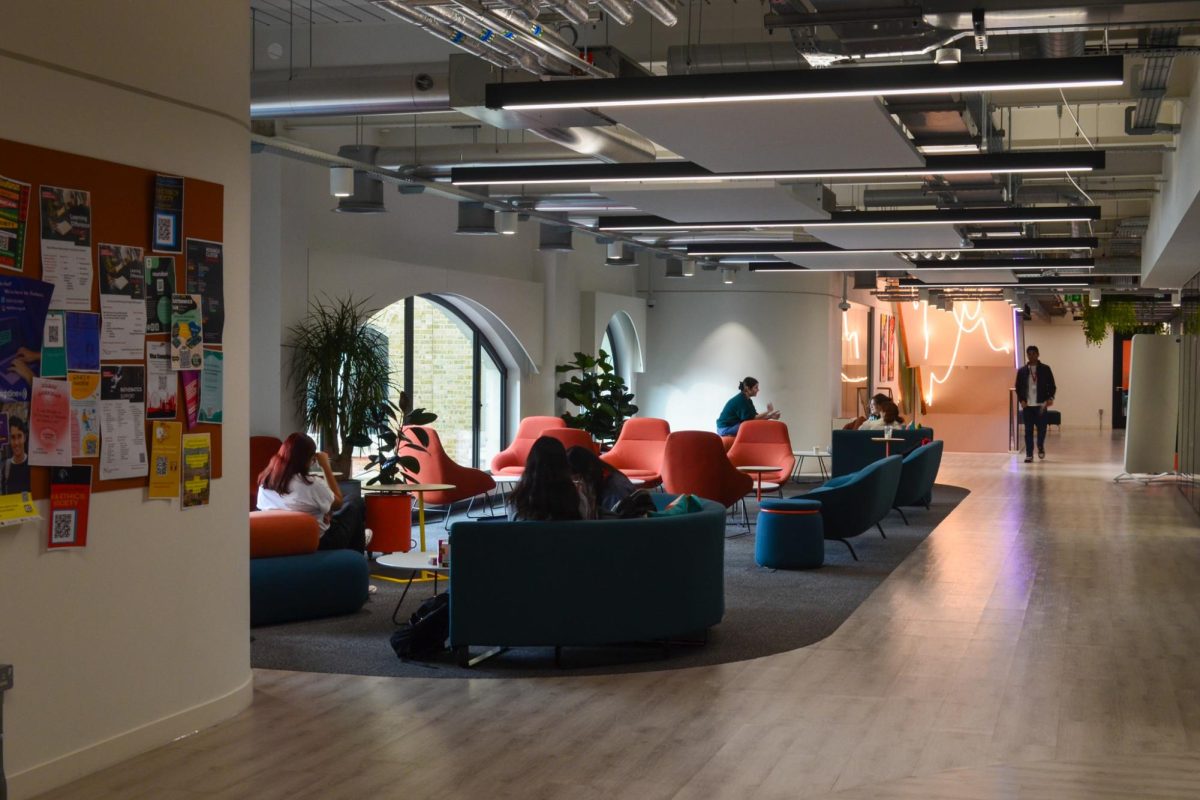By Eliana Tallarida, news staff
After discovering Ecela Spanish through a well-placed Instagram ad, Northeastern junior Katelyn McNamara participated in an international Spanish and Medicine immersion program, which helps pre-medicine students enhance their Spanish language skills to better communicate with and help their future patients.
McNamara, a behavioral neuroscience major, traveled to Peru and spent three weeks each in Lima and Cusco shadowing doctors in various specialties.
“We lived with host families who didn’t speak English, or sometimes spoke a little bit of English, but we spoke in Spanish with them,” McNamara said. “The teachers also structured the class in a very casual way so you learned a lot of slang and jargon they use in everyday life.”
Ecela Spanish accepts students on the pre-med track from all over the world to participate in their immersion program. Each summer there are four programs, each with 30 students, in Argentina, Chile and Peru. The program aims to help future health care professionals excel in Spanish in order to lessen the language barrier between doctors and their Spanish-speaking patients.
“Our goal is to bridge the gap that is currently there for professionals and Spanish,” program director Patricia Silva said.
McNamara said that the experience was not like a typical study abroad in the sense that her day-to-day activities included two language courses, a culture activity and time spent shadowing a doctor at a hospital.
“In Lima it was more hands-on,” McNamara said. “There was one doctor and then three students from Ecela so it was more personalized. Whereas in Cusco, we were with a bunch of medical students as well so it was less personal with the doctor, but we got to see more specialties there.”
McNamara said that the program in Lima was only supposed to last two weeks, but the doctors in Cusco were on strike, forcing the program in Lima to extend another week.
McNamara said the most difficult parts of the immersion program were the organizational issues and unpredictability of Peru compared to the stricter time structure common in the United States.
“Latin America is just unpredictable,” McNamara said. “I think anyone who wants to do this program has to have a good mindset that it’s not like the states where we have set times for everything.”
Jennifer Baker, who works in educational partnership development at Ecela Spanish, said by becoming bilingual, doctors can provide more proficient health care to their Spanish-speaking patients.
“You take Spanish every day to learn about the cultures your patients are coming from,” Baker said.
Ecela Spanish provides up to nine college credits for schools that accept them, Silva said. McNamara said there were students of all different Spanish-speaking levels, but there were classes available for all levels of Spanish in the program.
“I think everyone’s was different because there were people who are native Spanish speakers because their parents speak Spanish, so their purpose was to learn medical Spanish specifically,” McNamara said. “They don’t teach that until medical school and a lot of times they don’t teach that in medical school.”


